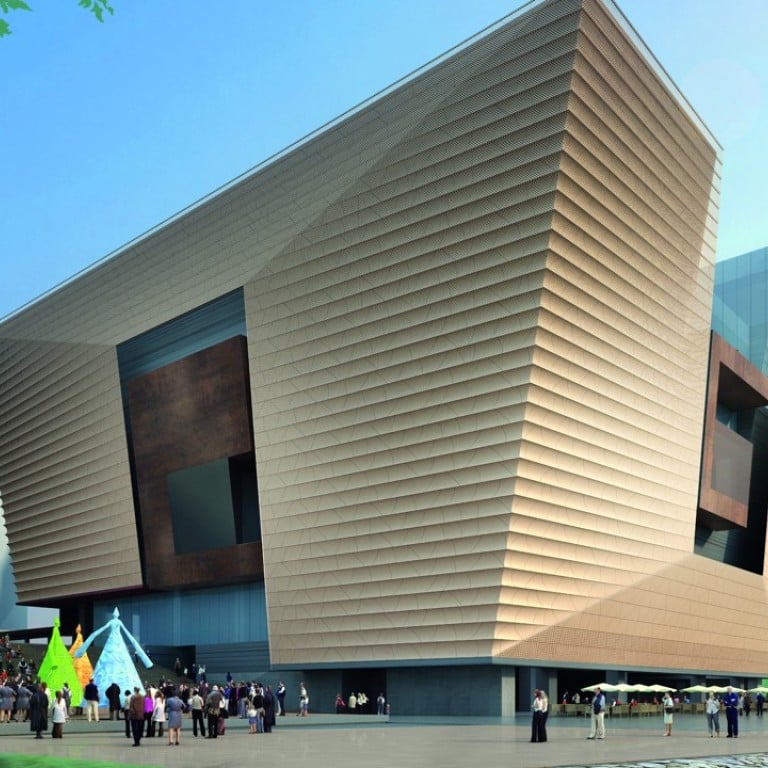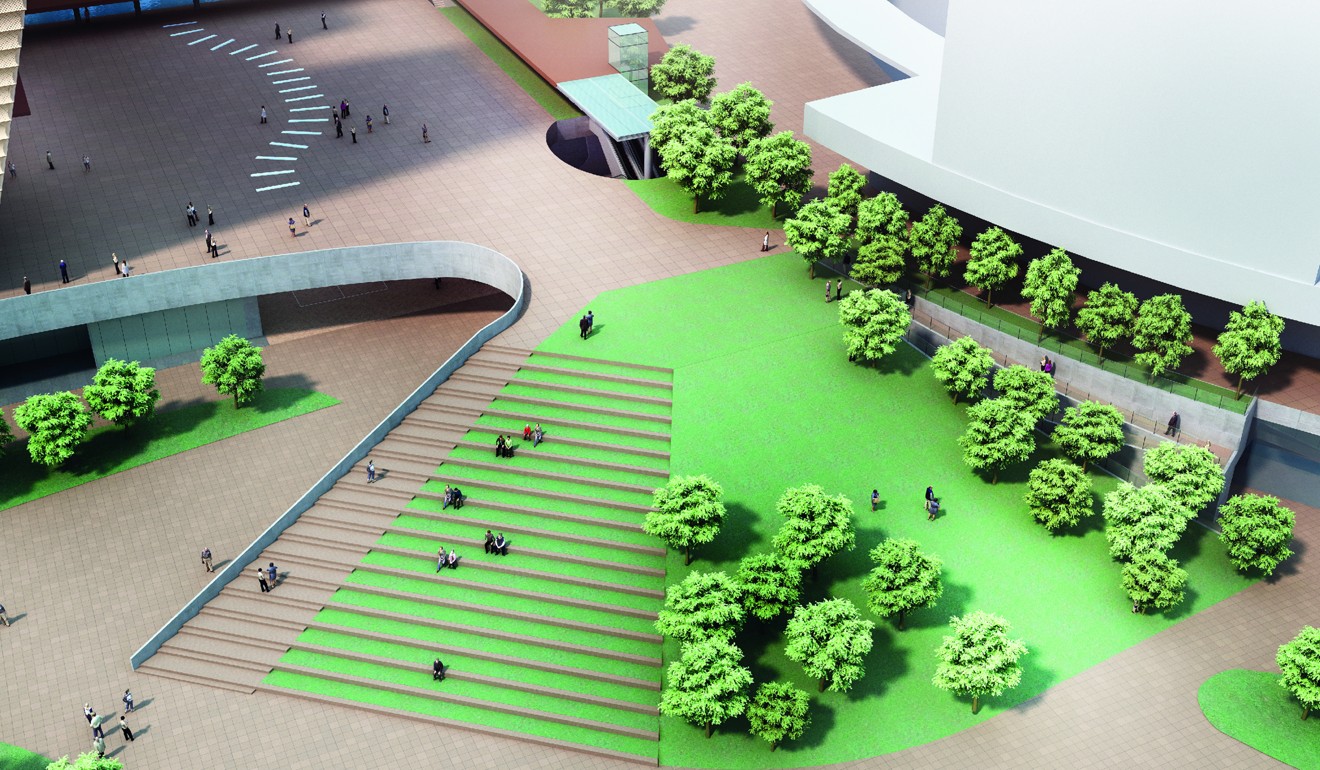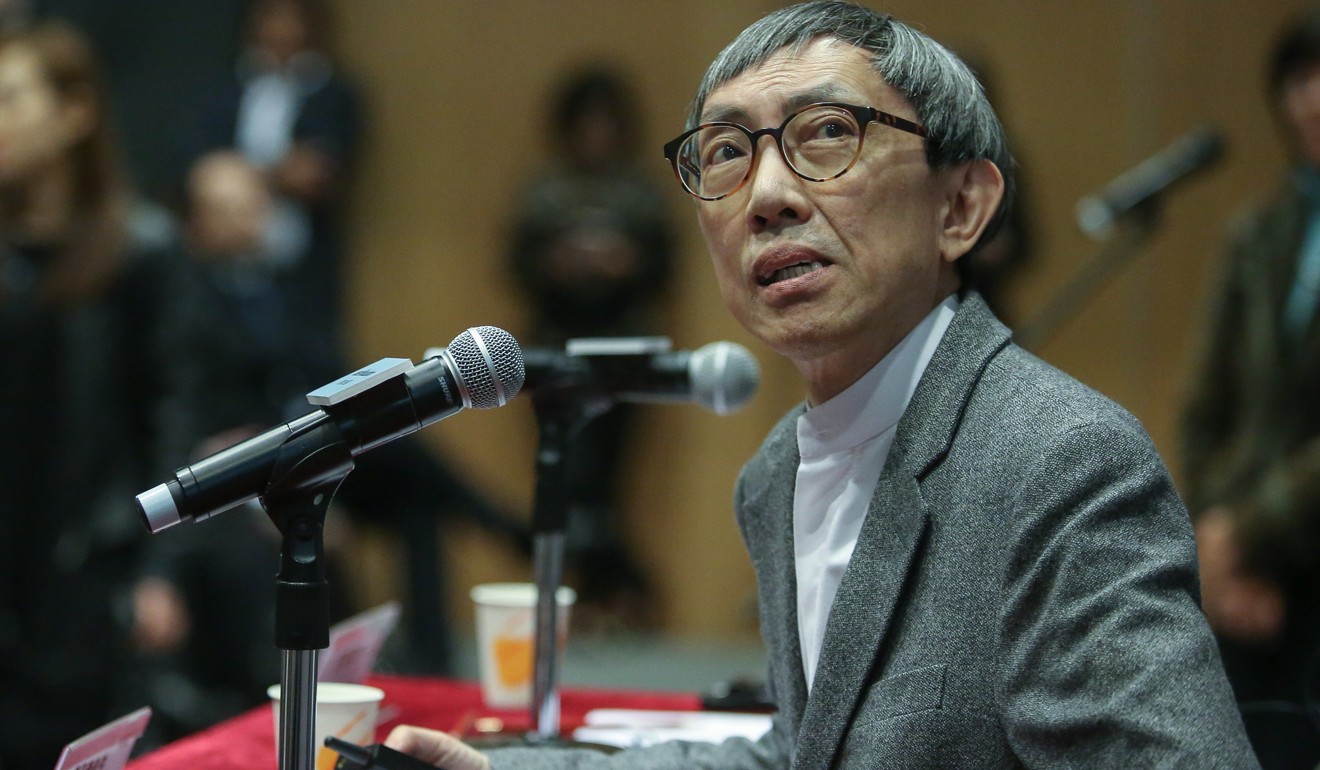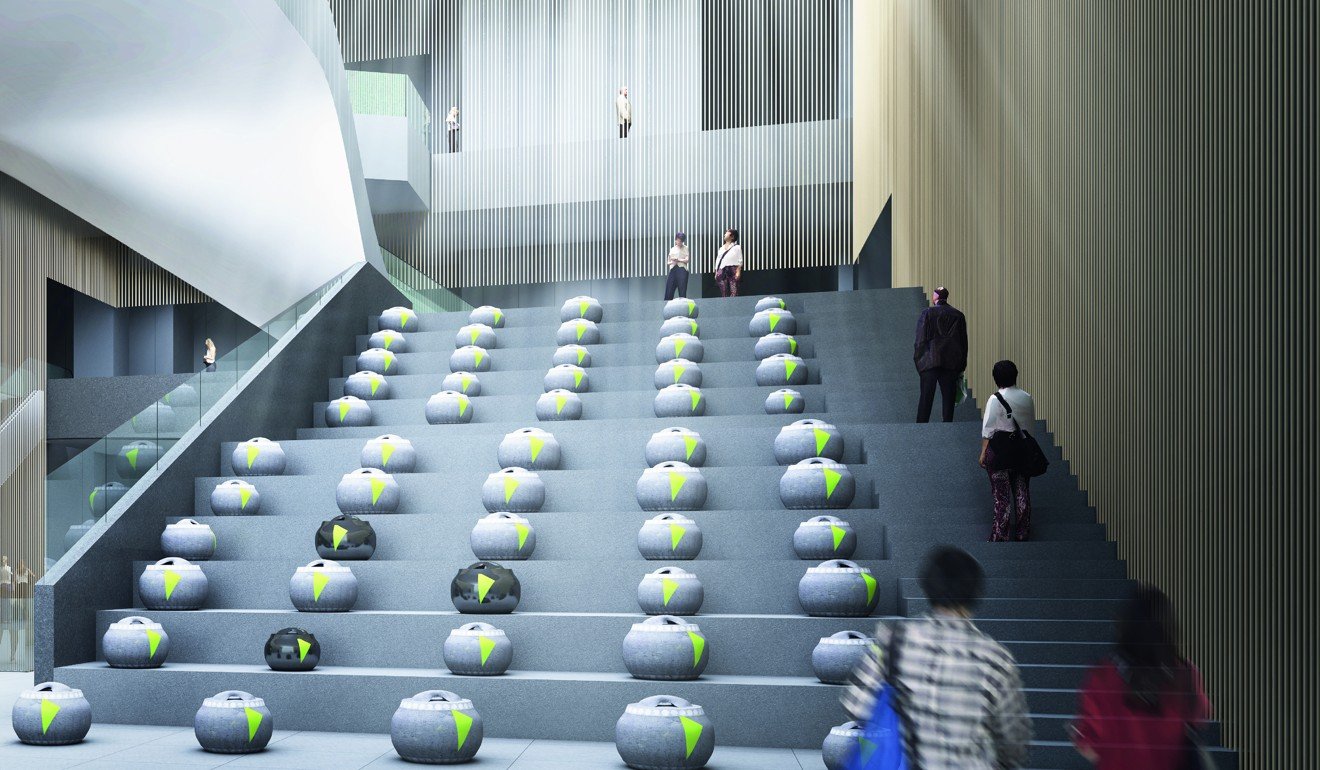
Design unveiled for Hong Kong Palace Museum, plus two new ferry piers
Controversial new addition to West Kowloon Cultural District to have five storeys, with galleries on different floors and three central atriums with views of the harbour and Lantau Island
The final design for the controversial new addition to the West Kowloon Cultural District – the Hong Kong Palace Museum – was unveiled on Friday, as well as plans for two new ferry piers at the site.
The fruit of what architect Rocco Yim Sen-kee described as his “most challenging” museum project yet, the planned five-storey building has been likened to a ding, or ancient Chinese cauldron. It will have interconnected galleries on different floors and three central atriums with views of the harbour.
The government green-lit the HK$3.5 billion plan in May, despite widespread concerns over the project’s legitimacy.

On Friday, Yim – who has designed major museums on the mainland and in Taiwan among other places – said the final design had taken into account opinions raised during the consultation, including calls for better access and more public space.
He said the museum would be accessible on foot, as well as having an underground car park, with a green corridor linking it with the Xiqu Centre, an under-construction Cantonese opera theatre near Austin MTR station.
Appreciate Palace Museum treasures and put politics aside, art expert urges
Authority chief executive Duncan Pescod said there were plans for two ferry piers, one near the Yau Ma Tei typhoon shelter and one near the M+ Pavilion, an art gallery in the cultural district.
But he gave no more details about the piers or if regular services would run to them.
Yim said his design aimed to strike a balance between transparency and the solid, enclosed environment necessary to protect the ancient artefacts from Beijing’s Palace Museum.

To that end, the building has three central atriums with glass walls to provide natural light and views of Victoria Harbour, the cultural district and Lantau Island. The building’s bottom and sides will not be glass, creating an enclosed environment for galleries, Yim said.
“This is a unique location with views that have never been seen in other, mainland cities. It must be put to the best use,” Yim said, adding that the ding resemblance had not been intentional.
“You can call it a vase, a flowerpot or a fan. It doesn’t matter,” he said. “It is more about the temperament [of the building].”
Yim’s museum designs often only have two or three floors, because they have wider areas than his latest commission. And the architect said the Hong Kong design was his most challenging museum job yet, because the site was much smaller, and so he needed to give visitors a route through the building which has more ups and downs.
He said he designed the connected atriums on different floors – reminiscent of the Beijing Palace Museum’s interconnecting gardens – to encourage visitors to discover new things.

Pescod said the authority intended to make permanent displays free of charge, while visitors would have to pay for special exhibitions.
A subsidiary company of the authority will run the site.
“We are not trying to build a [replica of Beijing’s version] in Hong Kong but a museum to showcase the exhibits from [Beijing],” Pescod said. “We want to reflect Hong Kong in the design. This is a Hong Kong museum.”



